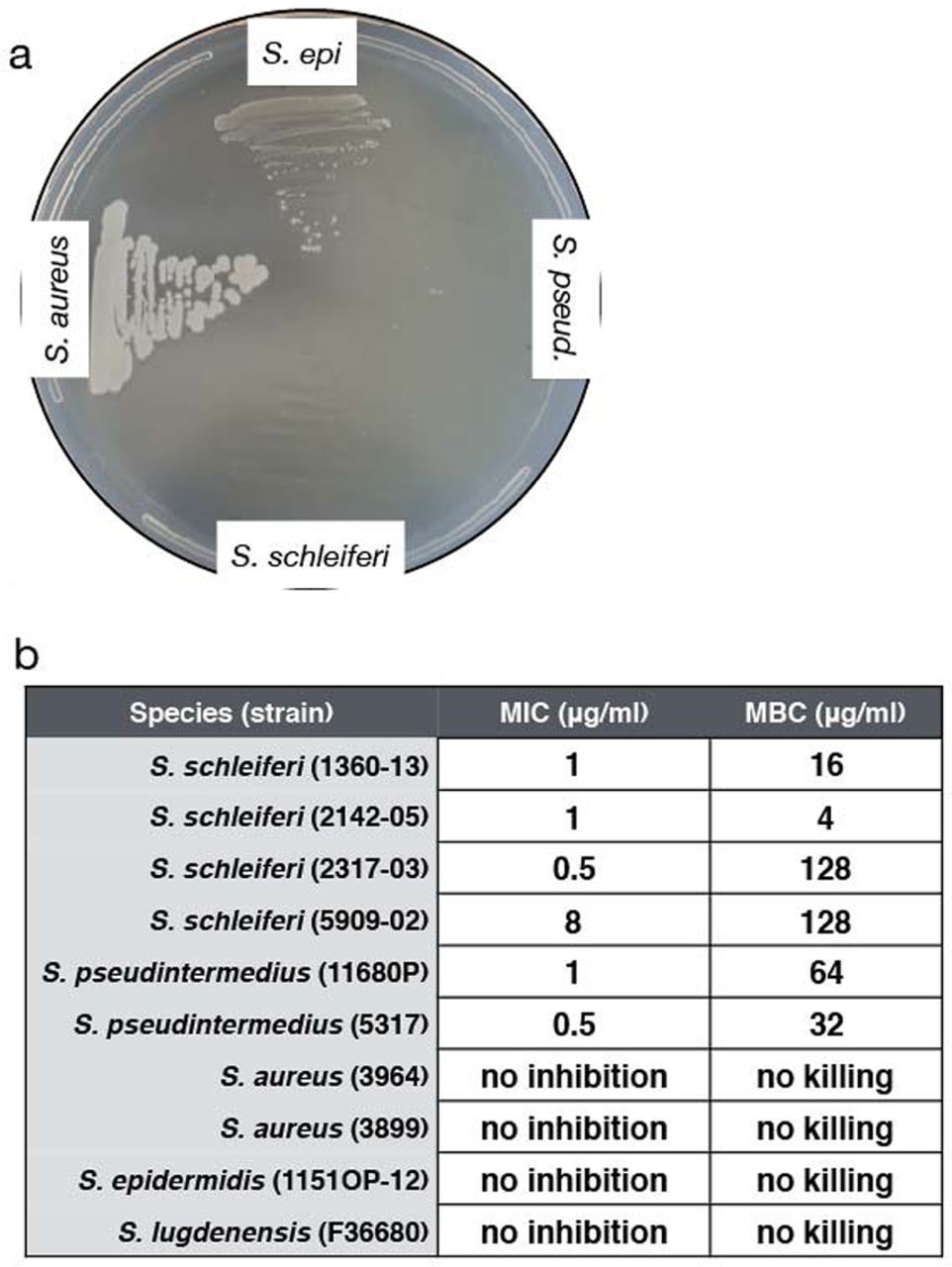A selective method for treating bacterial skin and ear infections in dogs, cats, and horses.
Problem:
Pyoderma, or bacterial infection of the skin, is the most common dermatologic problem encountered in cats and dogs. The two main organisms causing pyoderma in companion animals are Staphylococcus pseudintermedius and Staphylococcus schleiferi. Currently, the same antibiotics are used for treating both human and animal staphylococcal infections.
Recently these species have been developing resistance to antibiotics such as methicillin, sulfonamides and tetracycline, leaving limited treatment options, particularly for animals with repetitive skin infections. The global anti-infective market for companion animals was valued at $977 million of the total $7.5 billion animal pharmaceutical market in 2014 and is expected to reach over a billion dollars by 2019.
Solution:
Research led by Dr. Dan Beiting has demonstrated that unlike the Staphylococcus species that commonly affect humans, the veterinary forms utilize an alternative metabolic pathway. This finding renders these two species susceptible to different therapeutic regimens that do not affect the more common S. aureus. By using an existing antibiotic, fosmidomycin, known to target this distinct mechanism, a potent and effective method to restrict the two veterinary forms of Staphylococcus has been developed.
Advantages:
- Selectively targets bacteria associated with veterinary skin and ear infections
- Will not contribute to interspecies transmission of drug resistance

Stage of Development:
- In vitro proof of concept
Case ID:
16-7922-tpNCS
Web Published:
2/6/2020
Patent Information:
| App Type |
Country |
Serial No. |
Patent No. |
File Date |
Issued Date |
Expire Date |